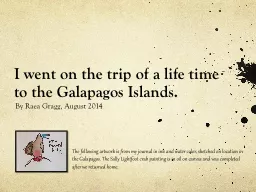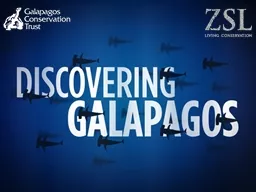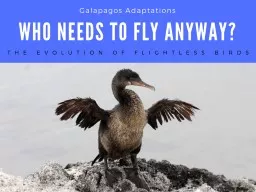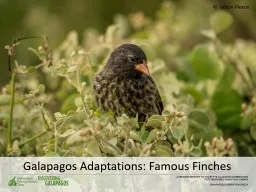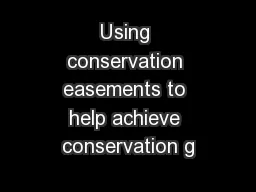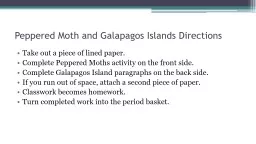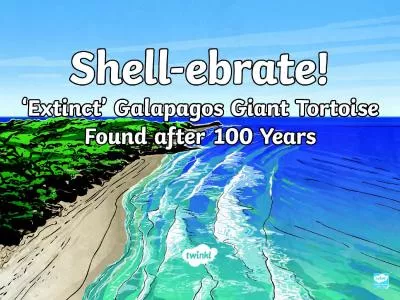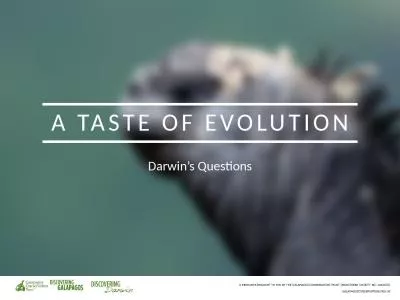PPT-© Professor W.G. Hale A RESOURCE BROUGHT TO YOU BY THE GALAPAGOS CONSERVATION TRUST (REGISTERED
Author : tawny-fly | Published Date : 2018-03-08
GALAPAGOSCONSERVATIONORGUK A little history about the Cormorant Cormorants are a type of seabird that inhabit both the Northern and Southern Hemisphere from the
Presentation Embed Code
Download Presentation
Download Presentation The PPT/PDF document "© Professor W.G. Hale A RESOURCE BROUGH..." is the property of its rightful owner. Permission is granted to download and print the materials on this website for personal, non-commercial use only, and to display it on your personal computer provided you do not modify the materials and that you retain all copyright notices contained in the materials. By downloading content from our website, you accept the terms of this agreement.
© Professor W.G. Hale A RESOURCE BROUGHT TO YOU BY THE GALAPAGOS CONSERVATION TRUST (REGISTERED: Transcript
Download Rules Of Document
"© Professor W.G. Hale A RESOURCE BROUGHT TO YOU BY THE GALAPAGOS CONSERVATION TRUST (REGISTERED"The content belongs to its owner. You may download and print it for personal use, without modification, and keep all copyright notices. By downloading, you agree to these terms.
Related Documents


